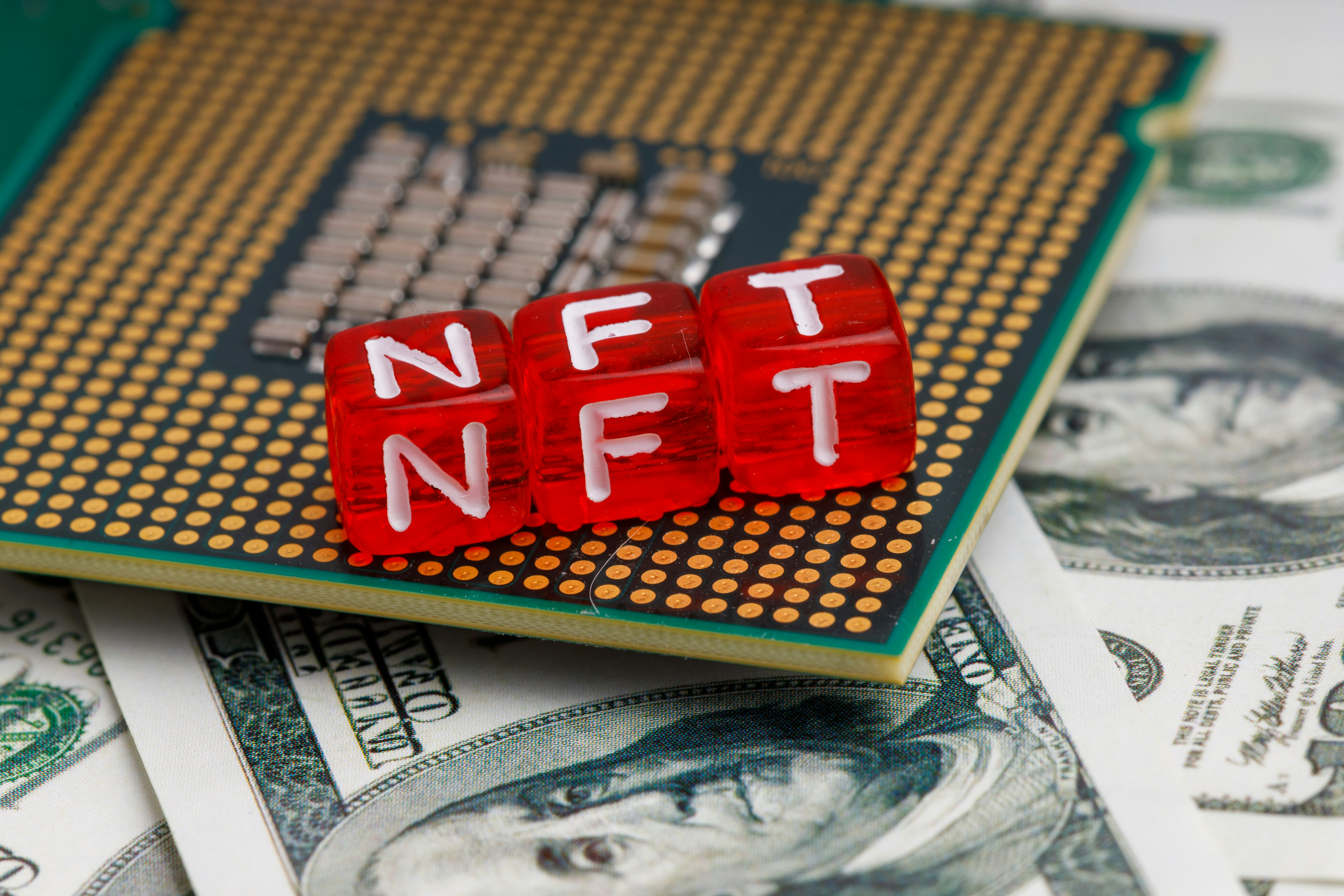Captivating Strokes: Analyzing the Impact of Digital Art in the Modern Era
Introduction: Welcome to the digital age, where art is no longer confined to the physical canvas. This piece delves into the ever-evolving world of digital art, its roots, recent developments, and the profound influence it has on contemporary society.

A Brief History of Digital Art
Digital art, a form of creative expression that uses digital technology as an essential part of the creation process, has its roots in the 1960s. Initially, pioneers like Michael Noll and Frieder Nake used computers to create algorithmic art, a precursor to what we now know as digital art. However, it was the development of graphical user interfaces and drawing software in the 1980s that truly birthed the digital art movement.
The Here and Now: Digital Art in the 21st Century
Fast forward to the 21st century, and digital art has exploded in popularity. The advent of advanced software and tools has allowed artists to push the boundaries of creativity. Today, digital art spans various forms, from digital painting and 3D modeling to virtual reality art and pixel art. The recent boom in Non-Fungible Tokens (NFTs), which allow artists to sell digital art directly to collectors, has further propelled this art form into the mainstream.
The Impact: Digital Art’s Influence on Society and Culture
Digital art has revolutionized the art world, democratizing art creation and accessibility. It has broken down the traditional barriers to entry, allowing anyone with a computer and an idea to create and share their work with the world. This has led to a surge in artistic expression, with digital art facilitating conversations on societal issues, political commentary, and cultural identity.
The Reception: How the Art World Embraces Digital Art
While digital art faced initial resistance from traditional art circles, it’s now widely accepted and celebrated. Digital artists like Beeple and Grimes have made headlines with their multimillion-dollar NFT sales, showcasing the art world’s growing acknowledgment of digital art’s value.
The Significance: Why Digital Art Matters
Digital art matters because of its potential for inclusivity and innovation. It opens up the realm of artistic expression to a broader audience, encouraging diverse voices and perspectives. It also paves the way for new forms of creativity, challenging the conventional definitions of art itself.
In conclusion, the rise of digital art marks a significant shift in the way we perceive and interact with art. As we continue to navigate the digital age, this dynamic art form promises to continue evolving, challenging, and inspiring us in unprecedented ways.




